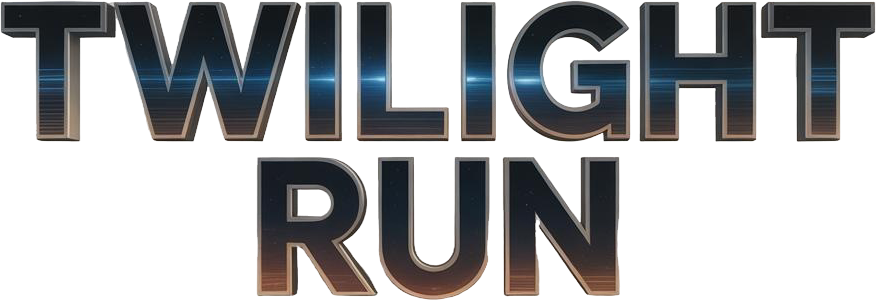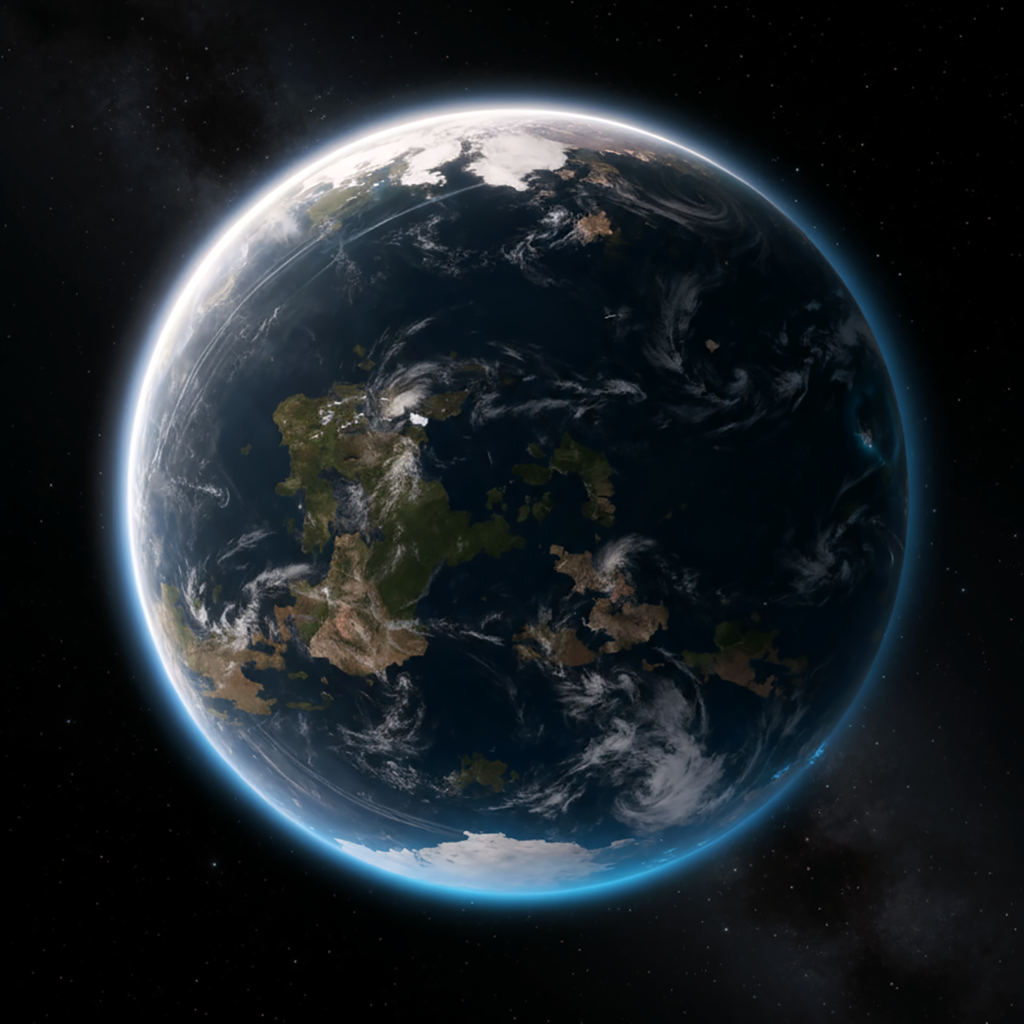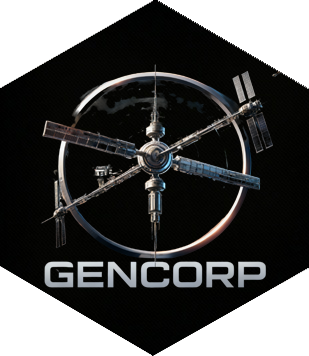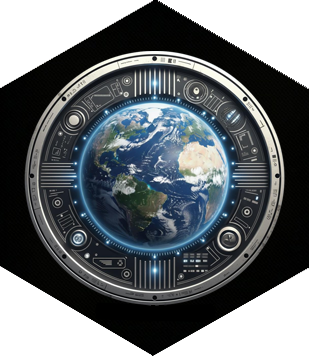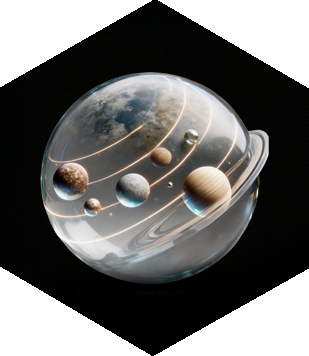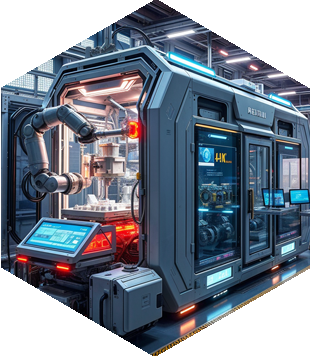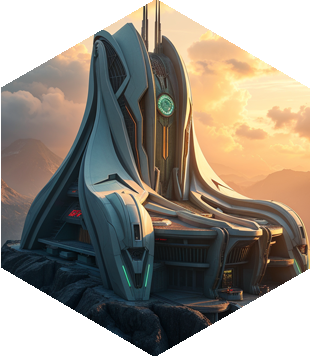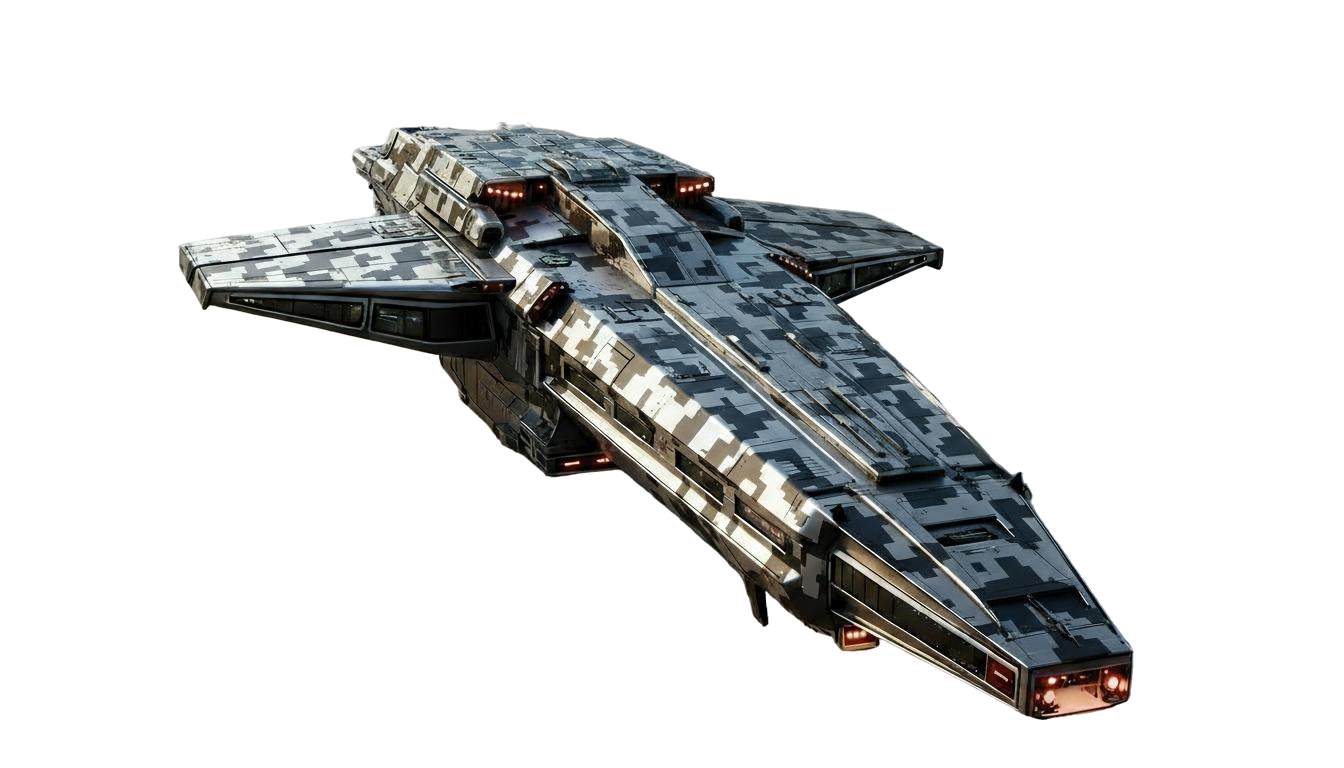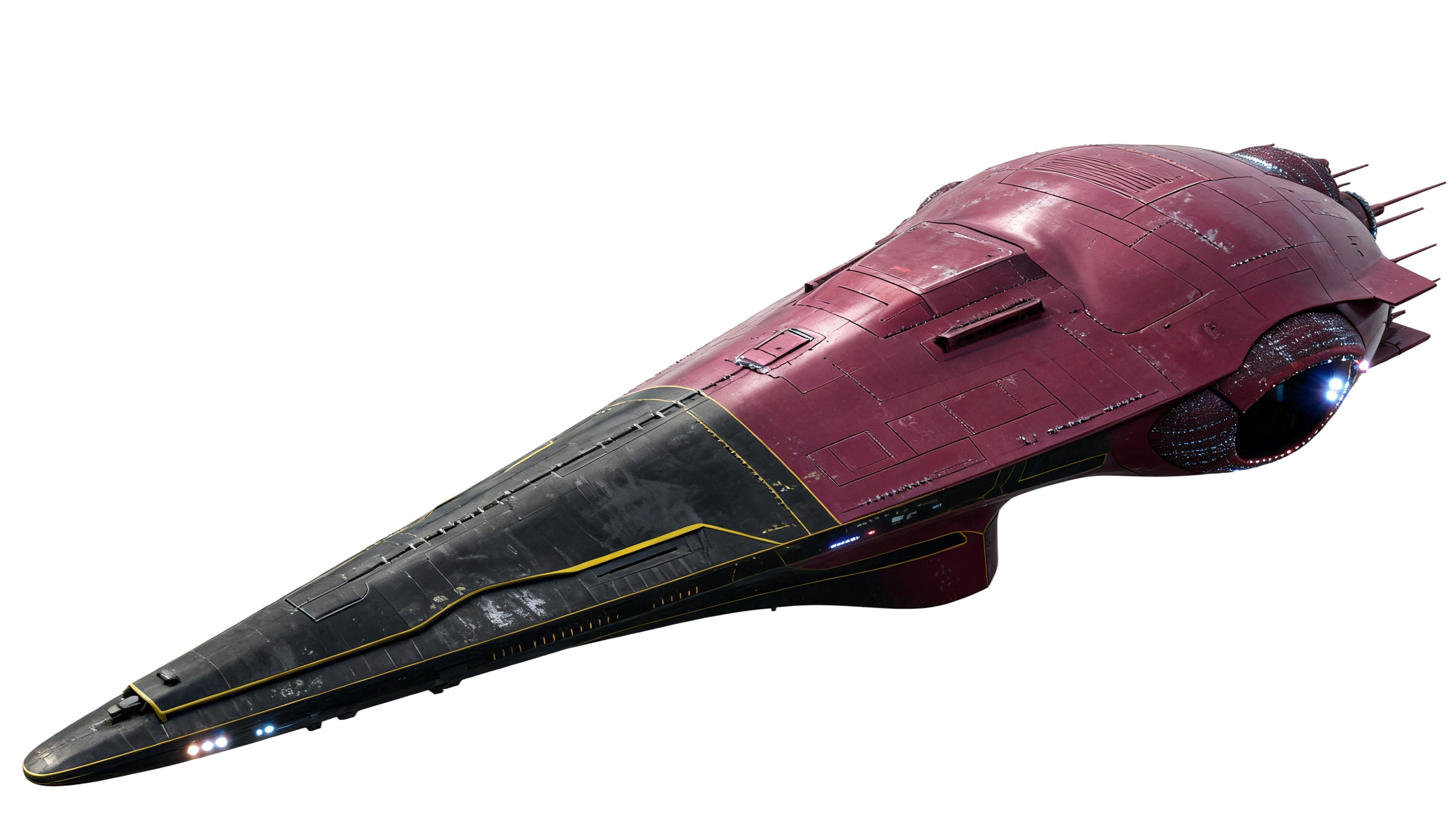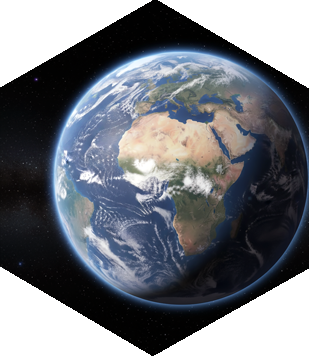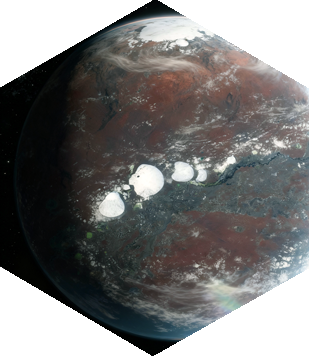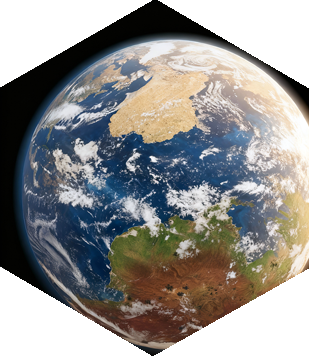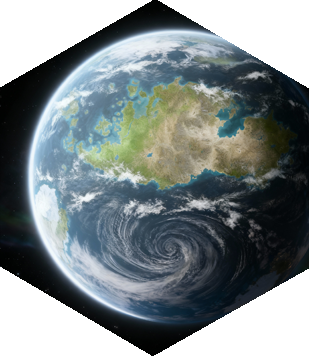Genetic Adaptation Therapies
Genetic Adaptation Therapies (GAT) stand as one of the defining achievements of Terran science, forming the biological foundation of human expansion across the solar and interstellar frontier. These therapies enable humanity to adapt — and in many cases, evolve — to thrive in environments that once rendered life impossible. From the thin air of Mars to the crushing depths of Jovian colonies, GAT has transformed Terrans into Martians, Jovians, Zergs, and Venusians, forging new branches of the human lineage across the stars.
Techniques
Modern GAT integrates multiple layers of biotechnology to achieve targeted adaptation:
- CRISPR-Extended Genome Editing: Precision gene mapping and insertion allow modification of traits such as bone density, radiation resistance, and muscle fiber retention under altered gravity conditions.
- Retroviral Delivery Systems: Engineered viral vectors carry adaptive sequences into the host genome, facilitating rapid physiological transformation with minimal immune rejection.
- Epigenetic Modulation: Controlled environmental triggers activate or silence specific genes to fine-tune metabolism, sensory perception, and cellular repair cycles.
These enhancements are stabilized through generational sequencing, ensuring heritability and consistency across successive populations. Early therapies targeted bone and lung resilience; later programs expanded to include metabolic regulation, enhanced radiation tolerance, and circadian realignment for alien day-night cycles.
Applications
Genetic Adaptation Therapies are tailored to the environmental and cultural needs of each colony:
- Martians: Modified for low-gravity endurance, enhanced respiration efficiency, and skeletal reinforcement to counter atmospheric thinness.
- Jovians: Adapted for high gravity and atmospheric pressure, featuring increased cardiac output and compact skeletal geometry.
- Zergs: Designed for zero-gravity living, equipped with stabilized neurovestibular systems and spatial cognition enhancements to prevent disorientation.
- Venusians: Engineered for tolerance to extreme heat, toxic gases, and acidic environments through biofiltration and dermal membrane synthesis.
Across all worlds, these therapies are implemented under interstellar medical accords that define ethical boundaries, mutation safeguards, and cultural consent requirements.
Social and Ethical Dimensions
While GAT technologies have revolutionized survival, they continue to challenge the moral and social fabric of civilization. The central question — where adaptation ends and enhancement begins — remains unresolved. The emergence of designer lineages and private genetic houses has sparked fears of hereditary inequality, echoing ancient debates on class and evolution.
Among Core societies, policies vary widely: some mandate universal adaptation programs for public safety, while others maintain voluntary participation, leading to visible divisions between modified and baseline humans. Interstellar accords emphasize bio-rights, identity protection, and limits on non-consensual modification, but enforcement remains uneven.
Cultural Identity
Over generations, adaptation has become inseparable from culture. Martians, Jovians, Zergs, and Venusians celebrate their engineered traits as symbols of resilience and belonging, often incorporating them into art, architecture, and ritual. Yet beneath the pride lies philosophical tension — between the desire to transcend humanity’s limits and the longing to remain connected to Terran origins.
Across literature and myth, Genetic Adaptation Therapies are depicted as both gift and burden — a reflection of humanity’s dual nature: ever-evolving, yet forever haunted by the question of what it means to remain human.
